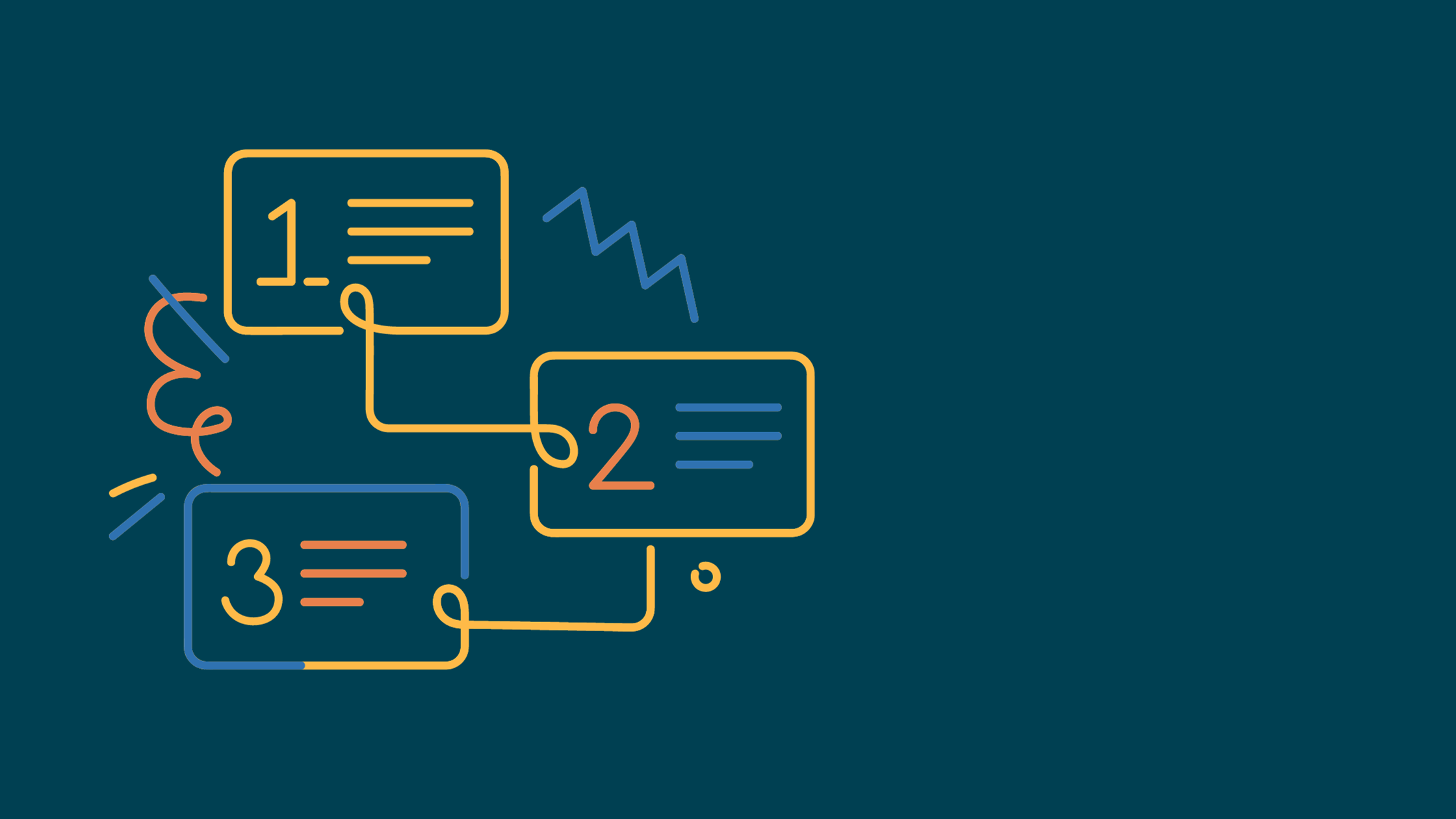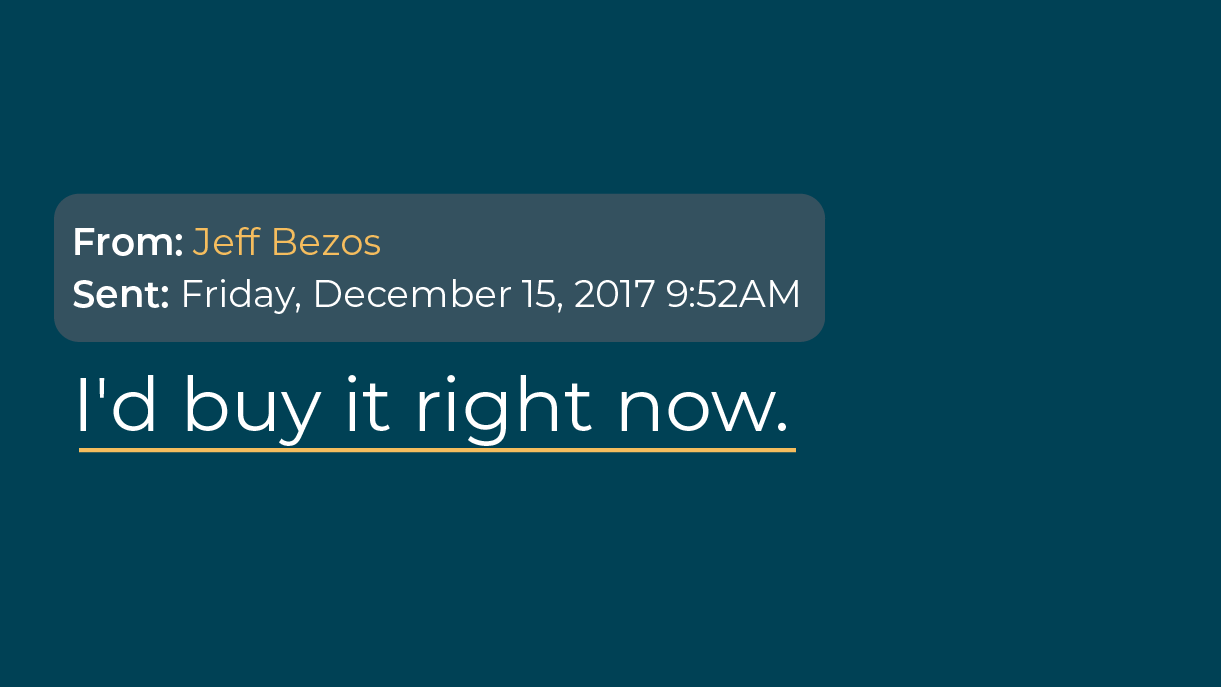How to Finally Get Ahead: The CRO’s Playbook for Solving Revenue Problems Upstream (with Lessons for AE’s, too)
Let’s say you’re having a picnic by a river. A lovely spread of brie, fig, and rosemary crackers. But suddenly, you hear a panicked noise coming from the water:
A sheep is bobbing in the water, trying to stay afloat in the rapids. “Oh my gosh,” without thinking, you sprint from your crackers, dive in, grab the sheep, and swim it to shore.
But before you catch your breath, another sheep is floating down the rapids.
You jump back in, and another sheep appears. So you holler for your friend to come help, but you see them running up the shoreline. “Where the heck are you going!?” you holler. So they holler back:
“I’m going upstream to find out why these sheep keep falling in!”
Turns out, the bridge upriver had a giant, sheep-sized hole in. A set of planks needed to be repaired, so the sheep kept falling through while crossing. (This was adapted from a public health parable.)
The point for sales teams?
Solving revenue problems “downstream” is rarely the answer.
It’s exhausting, and impossible to get ahead. Plus, it’s expensive. One problem solved upstream kills off 10 problems that no longer need to be solved.
There’s a better way:
Designing a “layered” playbook that solves downstream problems, one stage earlier. Here’s how:
- Isolate your biggest pipeline dropoff. Where do the deals you already spent time and money to generate die off?
- Identify what should be happening (but isn’t) to prevent that fallout.
- Tie in a “play” or framework to the stage before that, to guide how your team executes.
- Repeat 1 → 3 until you have a series of plays that feed into each other, starting upstream.
Stack-Ranking Pipeline Problems by Stage Age & Rate
If you run the steps above, you’ll end up with a grid that looks like this:
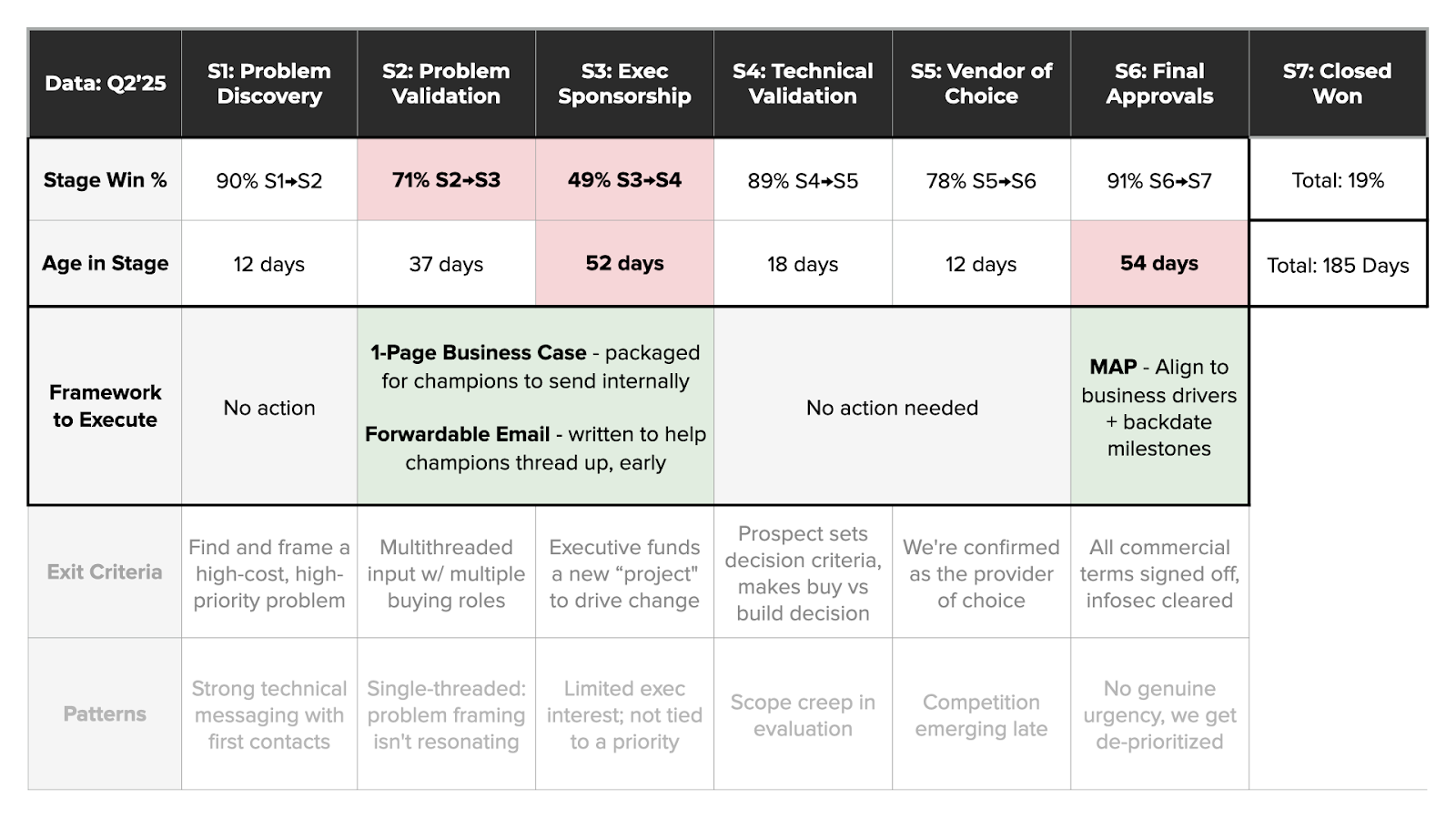
It’s a simple view, but it means multiple roles in the revenue organization all rowing together:
- RevOps: “What’s changing in our data?”
- Enablement: “What do we do differently?”
- Managers: “Are we doing it?”
Create this, and look at changes in the data on a weekly or monthly basis (depending on velocity).
Now, here’s a few callouts on the example above. Revenue’s leaking from the pipeline in:
- Stage 2: our conversion drops after pushing a high % of S1 deals through. We got locked into a small set of technical contacts, and aren’t getting wider to validate the problem in S2 criteria.
- Stage 3: our lowest stage-to-stage %. Our champion’s messaging doesn’t map their focus back to an exec priority. So we don’t have enough “decision weight” to back a major change.
- Stage 6: our conversion is solid, but deals sit for 54 days in the paper process, without much urgency to escalate a faster resolution.
And, notice how an upstream fix starts to flow through the downstream problem:
- Our problem framing is far too technical to resonate “high and wide.”
- So first, we’re going to focus on a written problem statement.
- That problem statement guides discovery on the “Big 3,” numbers, names, dates:
A high-cost shown with customer data (numbers), with impact against a priority (named project), that’s growing worse — and needs to be solved by a specific date. - That high-priority problem lays the foundation for an exec-summary-style business case, that’ll be shared with a forwardable email.
- With deeper executive engagement, and an anchor date, we can build out an action plan to cut time in Stage 6.
Now, we’ve got a playbook built around a simple set of frameworks that flow together, looking something like this:
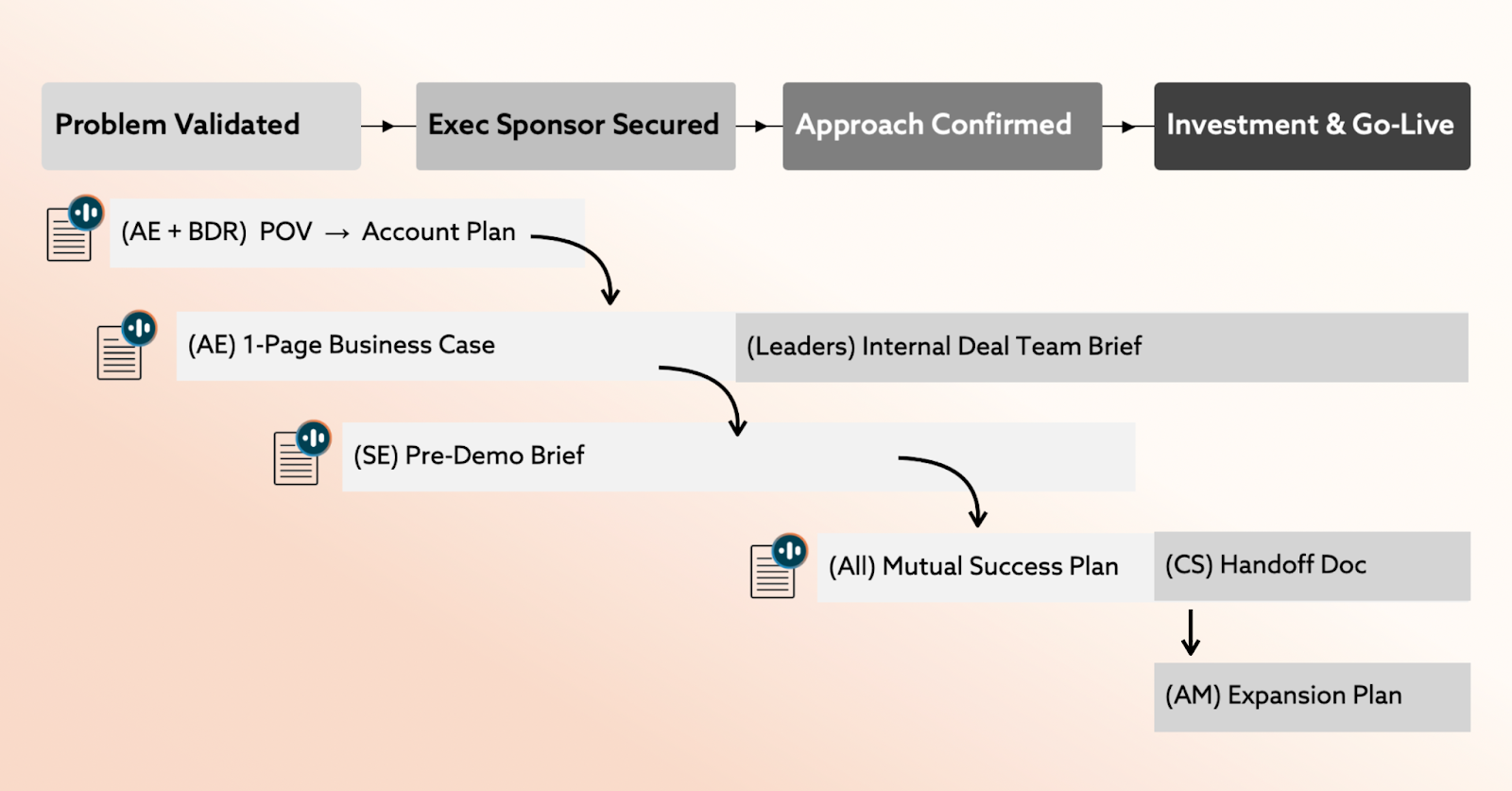
→ Build your Playbook with Fluint:
With the built-in AI agent, Olli, who writes tailored content for complex deals—to keep them from falling out of your pipeline. Kind of like the friend who sprints upstream:
From business cases to account plans, he’ll pick the right framework for each stage.
Then, he’ll write each with your deal champion’s own voice from transcripts and research, updated at every step of the buying process.
A Case Study for AE’s: How Expedia Slashed Support Costs
The art of writing an effective problem statement for your prospects isn’t too different.
It takes upstream thinking, and reframing the way an issue’s first presented.
Here’s an example of this, told by Ryan O’Neill, the former Head of Customer Experience at Expedia as part of an interview with the Heath Brothers. It’s all about how he cut a high volume of customer support requests upstream.
He’d been looking at data from their call center:
- For every 100 customers booking travel, 58 contacted support for help after.
- Which meant that Support fielded 20M customer calls annually.
- At a cost of roughly $5 per call, that left a $100M/year issue.
- Which was growing, as more and more customers opted to book travel online.
Naturally, Support leaders were asking, How do we cut time-to-resolution from 10 minutes to 2 minutes?
Which would cut their cost per call from $5, to $1. Shrinking the total cost of an inefficient call center.
But what if that wasn’t the problem? What if there was an altogether different problem to solve?
Turns out, there was:
Why was Expedia getting so many calls in the first place?
The challenge is nobody actually owned that problem.
Expedia was aware of the massive call volumes, for sure. But everyone was tasked with a different problem: Marketing generated leads, product turned them into bookings, and support answered calls after booking. But nobody was working to prevent calls in the first place. Until O’Neill took his data to Dara Khosrowshahi, Expedia’s CEO, who attached preventing customer calls to his top priority.
As they looked into what drove call volumes, they realized most requests came from people needing their itinerary. It wasn’t getting through to their email, and there wasn’t an easy way to download it.
After framing and then fixing the right problem, call volume plummeted from 58%, to 15%.
Now, notice how these two different ways of framing the problem set up two different approaches:
(Problem #1) Slow resolution means high cost-per-call
(Approach #1) Faster call resolution reduces costs
Versus:
(Problem #2) High call volume from itinerary requests
(Approach #2) Cut call volume by making itineraries accessible
Along with O’Neill’s work to frame the problem around a company-level priority—stopping calls from happening in the first place, not just handling them faster—he did the work to measure the problem. Raising the stakes to a point Expedia had to “jump.”
Here’s a simple, two-part framework for writing this out:
Every [ frequency ], at least [ reach ] are experiencing [ pain ], costing us [ loss ]. If it’s not addressed by [ timeline ], that means [ consequence ].
Applied to Expedia, this reads like:
Every month, at least 1.67M customers can’t find their itinerary and have to call support, costing $8.35M to resolve these requests.
If it’s not addressed by the end of the year, that means we’ll see another $500M in lost, repeat purchase revenue from frustrated customers opting out of our loyalty program.
This is the “bad” outcome. The not-so-happy ending.
But notice something here:
We’re not just talking about the cost of support tickets. That’s a 1st-order effect. We also need to connect this into the 2nd- and 3rd-order effects with customers:
- 1st Level: “We’re paying $100M per year in support costs.”
- 2nd Level: “Customers aren’t enrolling into our loyalty program, and even opting out because of their experience.”
- 3rd Level: “Our customer lifetime value (CLTV) increases with loyalty members making repeat purchases, so now, we’re missing out on $500M in additional revenue.”
You can even play that out another level, saying that sales and marketing spend is inflating their cost to acquire more first-time customers (CAC), to offset lost loyalty revenue.
Which is really throwing off their unit economics: paying even more, for customers who will spend even less.
Applied to a simple definition of “value”:
Value = good outcomes (-) bad outcomes
If we’re measuring a problem through Support Cost, CLTV, and CAC, then our next step is to flip those numbers upside down, to message the good outcomes (after solving the problem) using the exact same metrics.
Which sets up a clear “before” versus “after” comparison.
If Expedia dropped call volumes from 58% to 15% of bookings, they’re saving almost $75M per year in support costs. Plus, they’re saving an estimated $500M in future, repeat loyalty purchases.
Creating a total project value of roughly $575M.
Frameworks to Implement:
If you’re a leader working on building a playbook that solves revenue problems upstream, check out:
- Sales Process 2.0: Building a Modern, Sales-Led GTM
- The Account-Based Sales Playbook: How to Stop Mid-Funnel Deal Stall
- The Complete, 1-Sheet Sales Process
Or if you’re an AE working to find and frame problems in each deal, check out:
- How to Find & Fill Deal Gaps Early-Stage
- How to Write an Irresistible, Exec-Ready Business Case
- How to Sell to Executive Priorities
Why stop now?
You’re on a roll. Keep reading related write-up’s:
Draft with one click, go from DIY, to done-with-you AI
Get an executive-ready business case in seconds, built with your buyer's words and our AI.
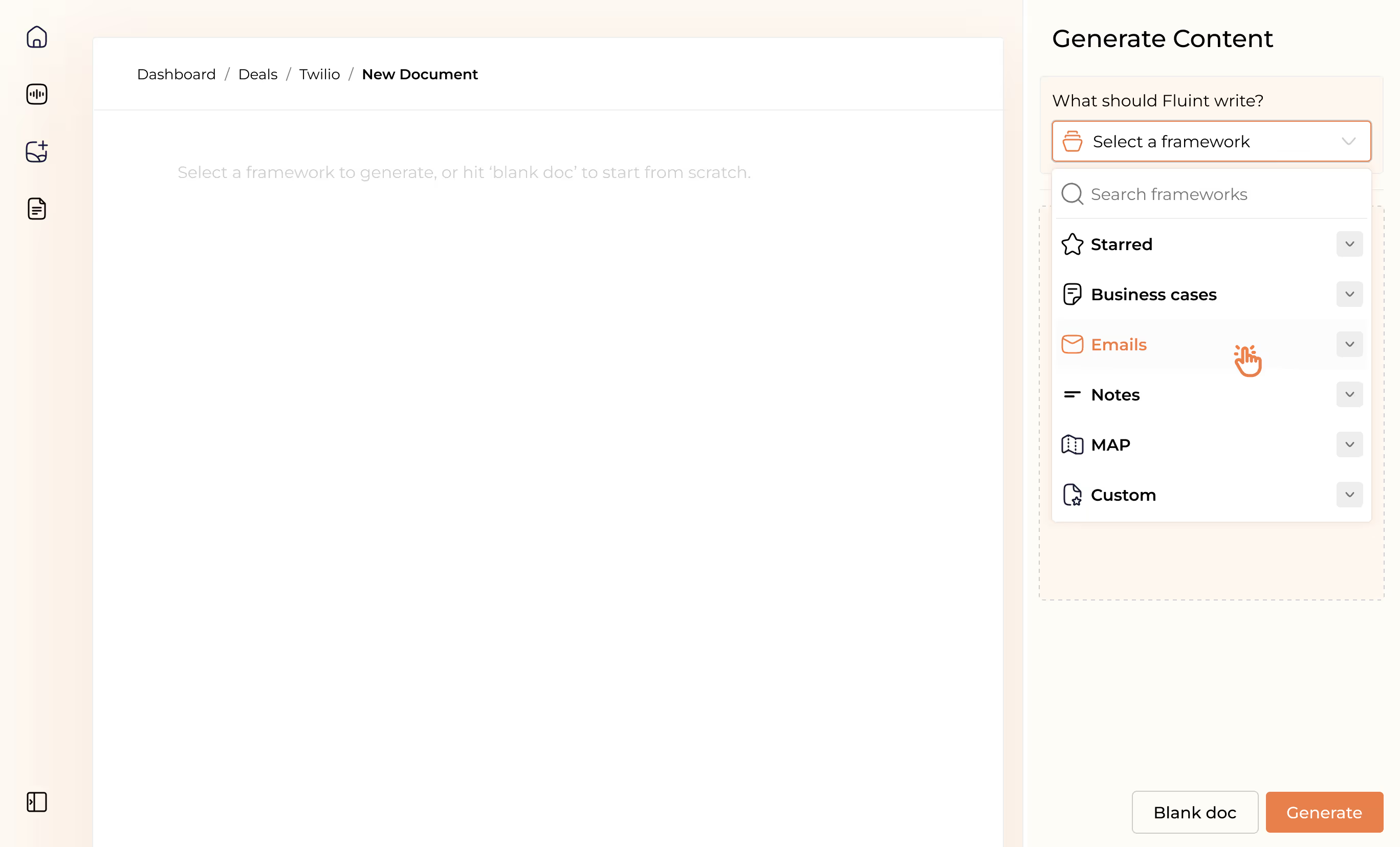
Meet the sellers simplifying complex deals
Loved by top performers from 500+ companies with over $250M in closed-won revenue, across 19,900 deals managed with Fluint

Now getting more call transcripts into the tool so I can do more of that 1-click goodness.



The buying team literally skipped entire steps in the decision process after seeing our champion lay out the value for them.


Which is what Fluint lets me do: enable my champions, by making it easy for them to sell what matters to them and impacts their role.







